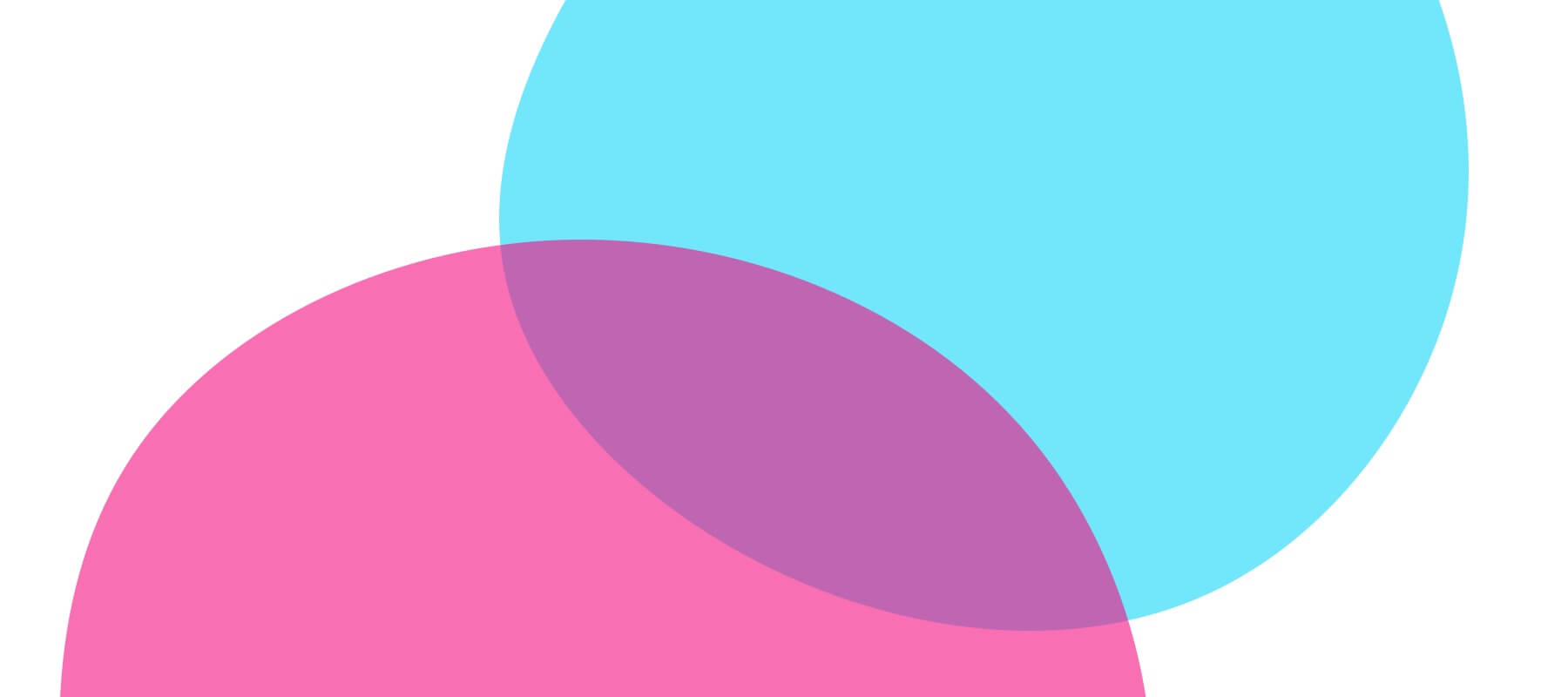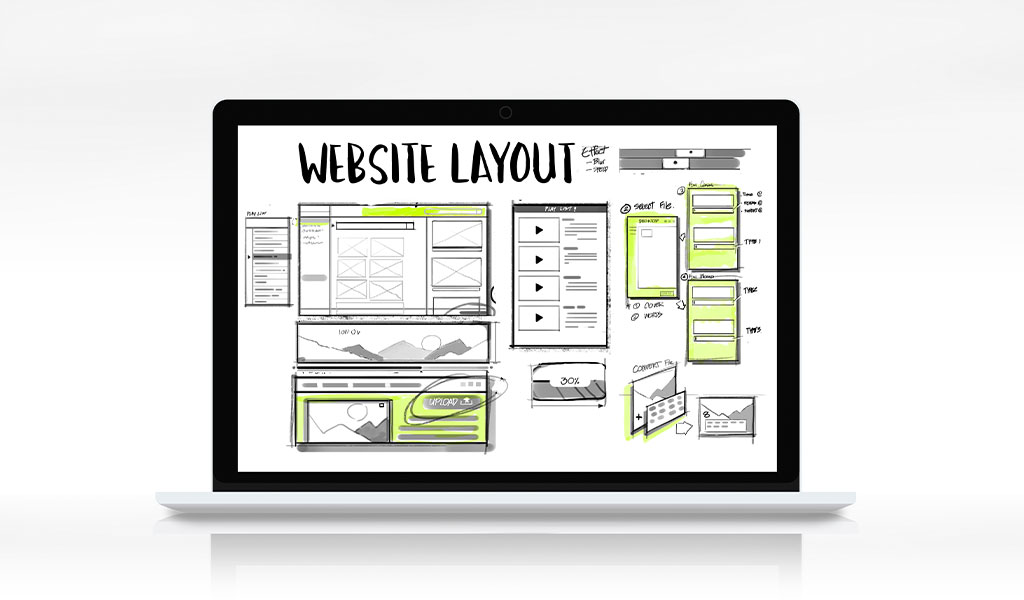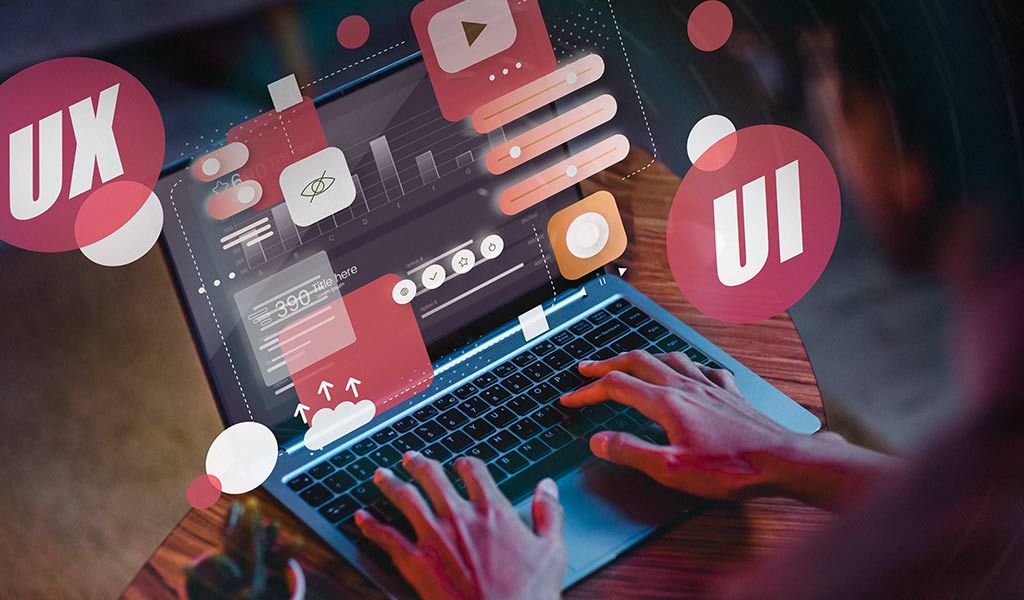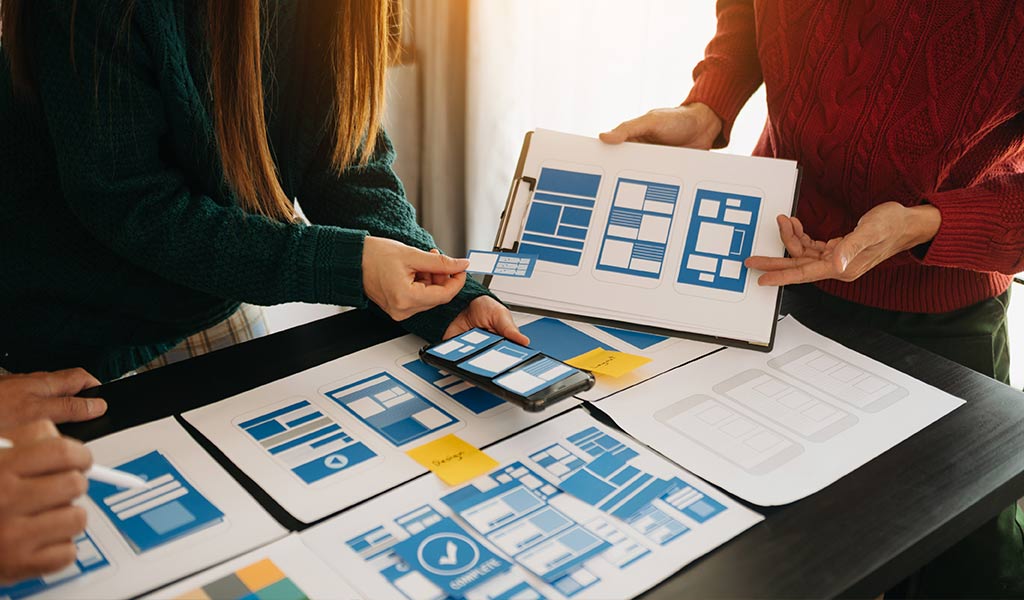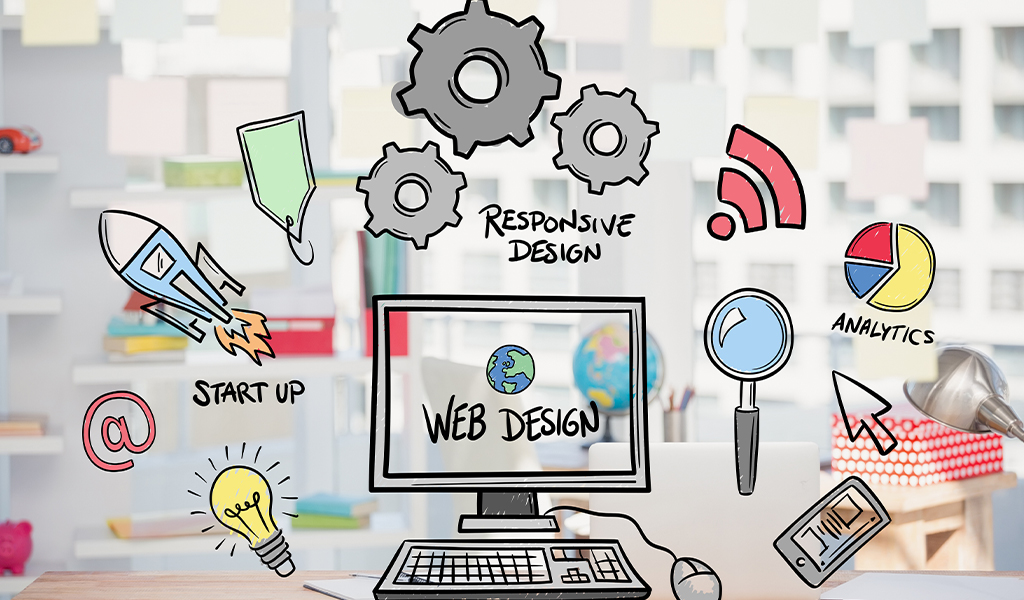Introduction
Your website is often the first impression potential customers have of your business, and it’s important to make sure it looks good and functions well. One of the key decisions you’ll need to make when designing your website is the layout. There are a few different design choices to browse, each with its own pros and cons. In this article, we’ll explore the different website layout options and help you decide which one is right for your business.
Industry Overview
Website design is an always developing industry, with new trends and advances arising constantly. Nonetheless, there are a couple of key format choices that have endured for an extremely long period. These include fixed layout, fluid layout, and adaptive layout. All the more as of late, responsive design has turned into the norm for website designs, as it considers a consistent client experience across all gadgets.
Fixed Layout
A fixed layout is a website design where the content is set to a specific width and height. This means that no matter how big or small the screen size is, the content will always be the same size. Pros: Consistent layout, precise design control. Cons: Not mobile-friendly, poor user experience on smaller screens.
Fluid Layout
A fluid layout is a website design where the content adjusts to the size of the screen. This implies that the design will appear to be unique on various screen sizes, however the content will continuously fit flawlessly. Pros: Mobile-friendly, adaptable to different screen sizes. Cons: Lack of precise design control, inconsistent layout.
Adaptive Layout
An adaptive layout is a website design that has different versions for different screen sizes. This implies that the design will change contingent upon the screen size, yet every adaptation is planned explicitly for that screen size. Pros: Mobile-friendly, precise design control. Cons: Higher development cost, multiple versions to maintain.
Responsive Design
Responsive plan is a website design that utilizes a blend of liquid and versatile designs to make a consistent client experience across all gadgets. Pros: Mobile-friendly, consistent layout, adaptable to different screen sizes. Cons: Can be more complex to design and develop.
Mobile-Friendly Design
A mobile friendly design is a website design that is improved for cell phones. This implies that the content is not difficult to peruse and explore on more modest screens. Pros: Improved user experience on mobile devices, higher search engine rankings. Cons: May not look as good on larger screens.
User Experience
The user experience is a critical factor in website design, and the layout plays a big role in this. A good website layout should be easy to navigate and use, regardless of the screen size or device. Pros: Improved engagement and conversions, positive brand image. Cons: Poor user experience can lead to lower engagement and conversions.
Navigation
Navigation is an essential part of website design, and the layout can affect how easy it is for users to find what they’re looking for. A clear and intuitive navigation menu can improve the user experience and encourage visitors to stay on your site longer. Pros: Improved user experience, higher engagement. Cons: Poor navigation can lead to frustration and lower engagement.
Aesthetics
The aesthetics of your website layout can have a big impact on how users perceive your brand. A clean, visually appealing design can help build trust and credibility with your audience. Pros: Positive brand image, increased trust and credibility. Cons: Poor aesthetics can lead to a negative perception of your brand.
Fixed Header and Footer
A fixed header and footer is a design feature that keeps certain elements of the website (such as the navigation menu or contact information) visible at all times, even when scrolling. Pros: Easy access to important information, improved user experience. Cons: Can take up valuable screen real estate, may be distracting.
Single-Page Layout
A single-page layout is a website design where all the content is contained on one page. Pros: Simple and easy to navigate, can be effective for certain types of content (such as portfolios or event pages). Cons: Limited content and design options, may not be suitable for all types of websites.
Multi-Page Layout
A multi-page layout is a website design where the content is divided into separate pages. Pros: More content and design options, suitable for a wide range of websites. Cons: Can be more complex to navigate, requires more development time and resources.
Key Takeaway
- Choose a website layout that is mobile-friendly to ensure a seamless user experience across all devices.
- Consider the importance of user experience and navigation when designing your website layout.
- Aesthetics play a crucial role in the perception of your brand, so choose a layout that looks visually appealing and professional.
How Repute can heal by our services as the best and leading agency in India:
At Repute, we specialize in providing comprehensive social media marketing services to help businesses build their brand on social media. Our team of experts has extensive experience in creating effective strategies and campaigns that drive engagement, build trust, and increase conversions.
We work closely with our clients to understand their unique needs and objectives, and tailor our services accordingly. Whether you’re looking to increase your social media following, drive website traffic, or boost sales, we have the expertise and resources to help you achieve your goals.
Repute is the best digital business agency in Coimbatore, India. We pride ourselves on delivering results-driven solutions that exceed our clients’ expectations. We use the latest tools and techniques to stay ahead of the curve and ensure that our clients stay ahead of their competition. Along with social media marketing we also provide services like website development and designing, ecommerce development, Pay Per Click, mobile application development and much more!
If you’re looking to build your brand on social media and take your business to the next level, contact us today to schedule a consultation with one of our experts.
Frequently Asked Questions
1. What is the best website layout option?
There is no one-size-fits-all answer to this question, as the best website layout option depends on your specific needs and goals. It’s important to consider factors such as mobile-friendliness, user experience, navigation, and aesthetics when choosing a website layout.
2. Are fixed layouts still relevant?
Fixed layouts can still be relevant for certain types of websites, such as those with very precise design requirements. However, they may not be suitable for websites that need to be mobile-friendly or have a wide range of screen sizes to accommodate.
3. What is the difference between a fluid layout and a responsive design?
A fluid layout adjusts to the size of the screen, while a responsive design uses a combination of fluid and adaptive layouts to create a seamless user experience across all devices.
4. How can I ensure my website layout is mobile-friendly?
One way to ensure your website layout is mobile-friendly is to use responsive design, which adjusts to different screen sizes automatically. You can also test your website on different mobile devices to see how it looks and functions.
5. What role do aesthetics play in website layout?
Aesthetics are important in website layout as they can have a big impact on how users perceive your brand. A clean, visually appealing design can help build trust and credibility with your audience, while a poor design can have the opposite effect.
